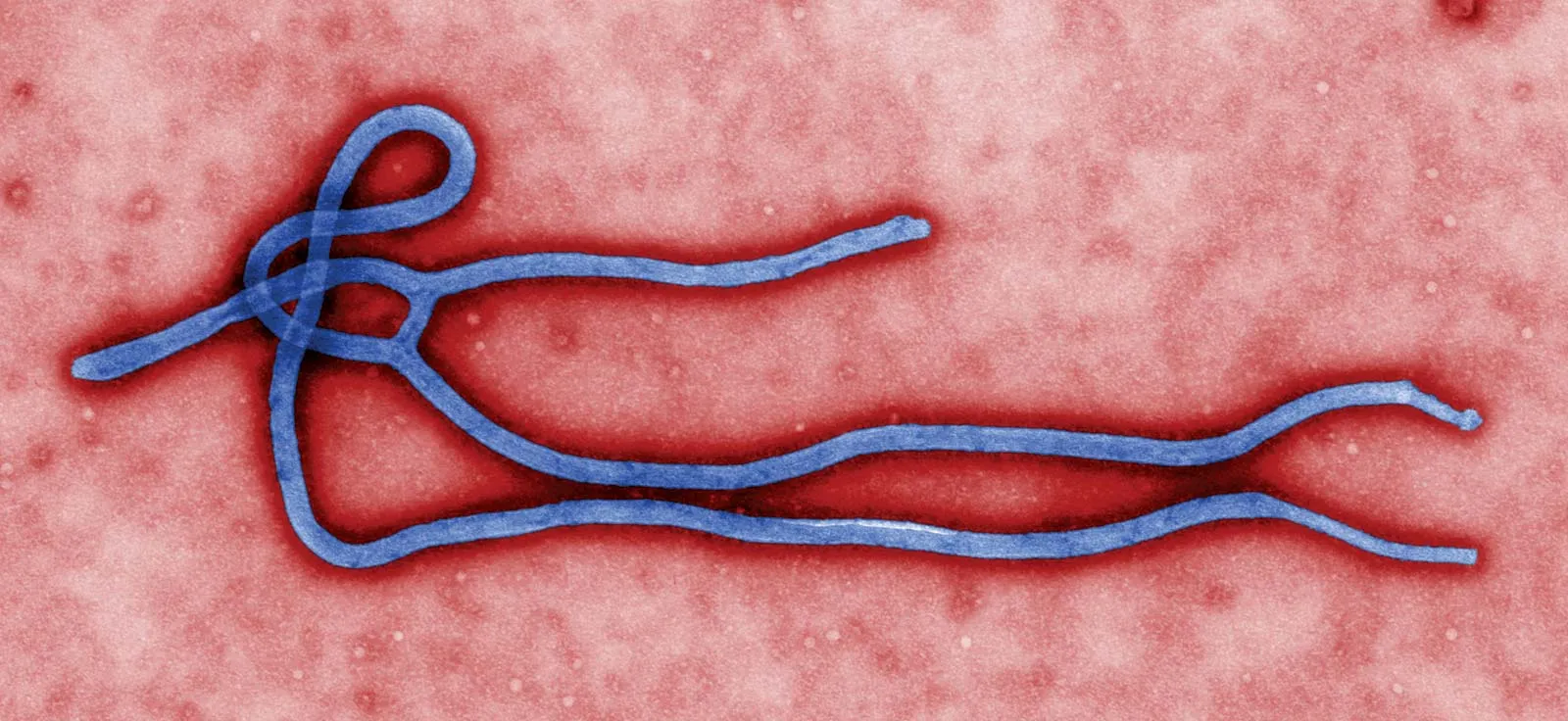Sudan virus disease (SVD) outbreak in Uganda
On 30 January 2025, the outbreak of Sudan virus disease was confirmed by the World Health Organization, and reports of cases across Sudan have become prominent over the past several months since then. The first case was originally discovered in South Sudan in 1976, with it spreading to Uganda and having eight outbreaks compiled from both countries since the 70s. According to the World Health Organization, as of the 5th of March 2025, 12 confirmed cases were declared. From these 12 cases, four deaths resulted, with a child under the age of five years old being one of the victims. These cases have been most notably recognized in the states of Kampala, North Buganda, Busoga, and Bukedi.
The Sudan virus disease, otherwise known as SVD, belongs to the same family as the Ebola virus which is the orthoebolaviruses. This family has been attributed to four deadly subtypes: Ebola virus, Sudan virus, Taï Forest virus, and Bundibugyo virus, which have been known to most commonly affect human-like life forms. These diseases are highly contagious through direct contact with an infected victim, while not being spread through airborne transmission. The most common symptoms of SVD are fever, fatigue, nausea, head pain, etc., all of which have contributed to an average 41% to 70% death rate in previous outbreaks.
The SVD has had an outstanding effect on children in previous outbreaks. According to the NIH, in the 2022 outbreak of SVD in Uganda, children under the age of 10 were at the highest risk of death. Though children were among the highest in the accounts for probable cases and not confirmed cases, leading officials to believe preventative or treatment measures were taken by health professionals for some adults who had contracted the virus.
For international affairs, the CDC has declared a Level 2 Travel Health Notice for Americans traveling to Uganda due to the outbreak. No outbreaks or suspected infections have been reported in the states, but precautionary measures are still in place.
In response to the recent outbreaks and lack of vaccinations, the World Health Organization has sent 3.4 million dollars to the Ministry of Health to support the government’s response. In attempts to find a cure for the virus, the World Health Organization launched vaccine trials on 3 February 2025 for the “TOKEMEZA SVD” vaccine trial and the TOKOMEZA immuno on 1 March 2025. Regardless of a vaccine being administered a reduction in effects of the virus has been found when supportive treatment was initiated in earlier stages. For preventative measures, if you are in an area where the virus is prominent be sure to avoid contact with bodily fluids from people and animals. As the year continues, it is important to acknowledge the outbreak and intensify preventative measures, especially if you are in a highly virus-prominent area.
Read the WHO’s report for more information here.

